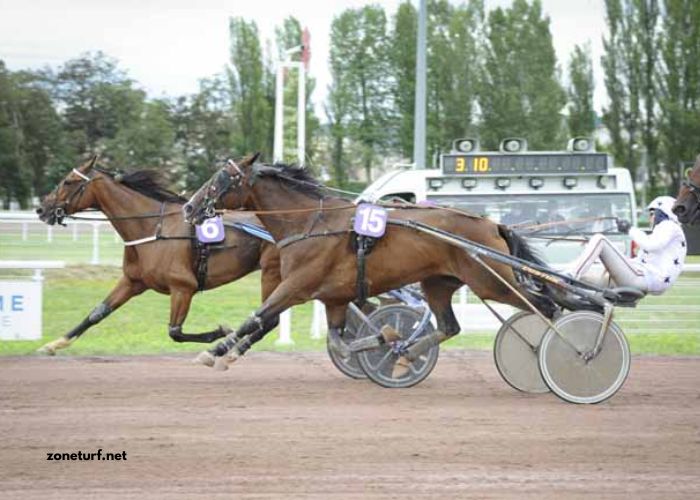Horses, magnificent creatures that have coexisted with humans for millennia, possess a unique and complex behavior system. Understanding equine behavior not only enhances our appreciation of these animals but also improves our ability to interact with and care for them. This article delves into the fascinating world of horses, exploring their social structures, communication methods, instincts, and how these aspects influence their behavior. Explore a wide range of courses on casa, from interior design to architecture, and enhance your knowledge in the field of home design and construction.
Social Structures and Hierarchies
Horses are inherently social animals, often living in herds that provide safety and companionship. In the wild, herds are typically composed of a lead mare, several other mares, their offspring, and a dominant stallion. The lead mare usually dictates the herd’s movements, while the stallion offers protection against predators. Understanding this hierarchy is crucial for anyone working with horses, as domesticated horses still adhere to these social structures to some extent.
Within the herd, horses establish a pecking order through various social interactions. These interactions involve body language, vocalizations, and even physical contact. Recognizing and respecting these hierarchies can help handlers create a harmonious environment for domesticated horses, reducing stress and promoting better health and behavior.
Communication
Horses communicate using a combination of vocalizations, body language, and facial expressions. Common vocal sounds include nickers, whinnies, and neighs, each serving different purposes. For instance, a nicker often signifies affection or greeting, while a whinny can be a call to locate other herd members.
Body language is perhaps the most important form of communication for horses. Subtle movements, such as the position of the ears, tail, and head, convey a wide range of emotions and intentions. Ears pinned back may indicate aggression or discomfort, while ears forward typically suggest curiosity or attentiveness. A swishing tail can signal irritation, whereas a relaxed, softly swaying tail indicates contentment.
Facial expressions also play a crucial role. The position of the nostrils, eyes, and mouth can give insights into a horse’s mood. For example, flared nostrils and wide eyes often suggest fear or excitement.
Instincts and Flight Response
As prey animals, horses have evolved with a strong flight response to perceived threats. This instinctive behavior ensures their survival in the wild but can sometimes pose challenges in domesticated settings. Understanding the flight response helps handlers anticipate and manage situations that might trigger fear or panic in horses.
In addition to the flight response, horses have other ingrained behaviors such as grazing, which they typically do for many hours a day. This natural behavior is essential for their digestive health and overall well-being. Allowing horses ample time to graze and providing a suitable environment that mimics their natural habitat can prevent stress-related behaviors such as cribbing or weaving.
Training and Behavior Modification
Training a horse involves a deep understanding of equine behavior and psychology. Positive reinforcement, patience, and consistency are key elements in effective training. Recognizing and rewarding desirable behaviors while gently correcting undesirable ones fosters a trusting relationship between horse and handler.
Behavior modification techniques, such as desensitization and counter-conditioning, can be employed to address specific issues. Desensitization involves gradually exposing a horse to a fear-inducing stimulus in a controlled manner, while counter-conditioning focuses on replacing a negative response with a positive one. These methods require time and dedication but can lead to significant improvements in a horse’s behavior.
Conclusion
Understanding equine behavior is a journey into the intricate world of horses, revealing their social complexities, communication skills, and survival instincts. This knowledge not only enhances our interactions with these majestic animals but also promotes their well-being and fosters a harmonious relationship. Whether for riding, companionship, or work, a deeper appreciation of equine behavior enriches the bond between humans and horses, ensuring a mutually beneficial and respectful partnership.



